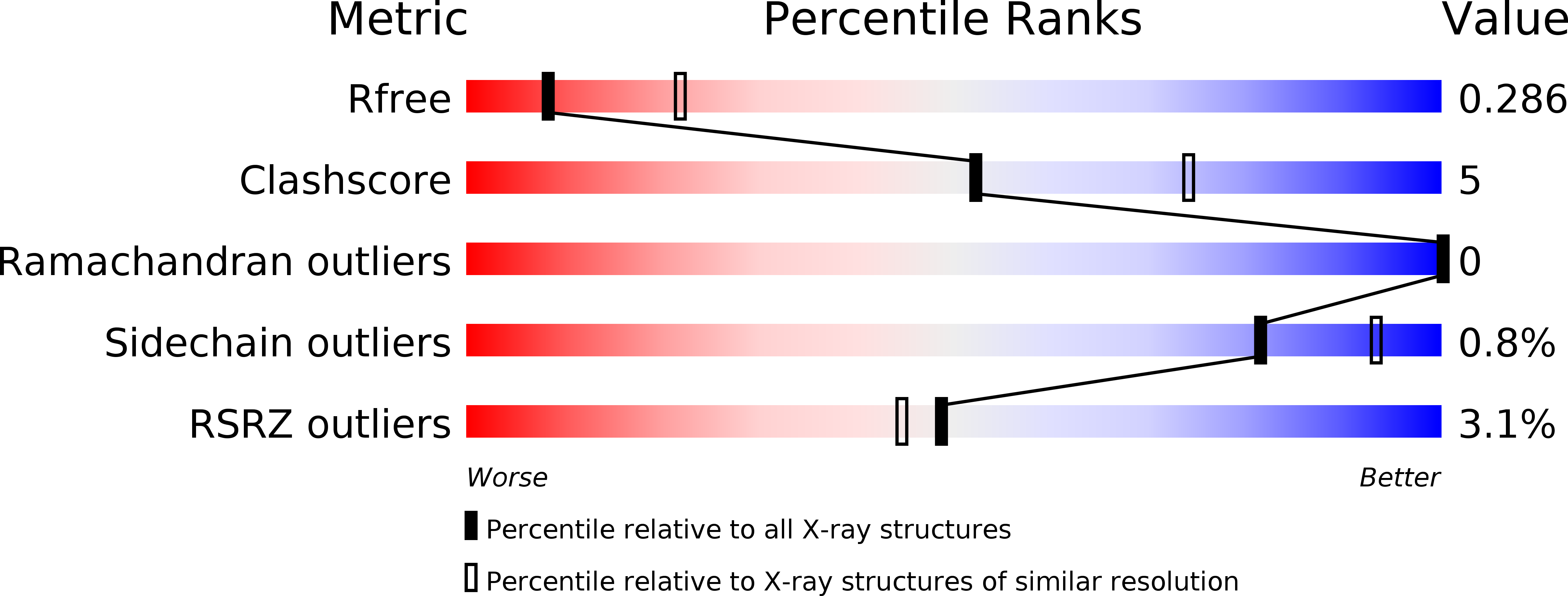
Deposition Date
2012-10-30
Release Date
2013-07-31
Last Version Date
2023-12-20
Method Details:
Experimental Method:
Resolution:
2.87 Å
R-Value Free:
0.28
R-Value Work:
0.25
R-Value Observed:
0.25
Space Group:
C 2 2 21


